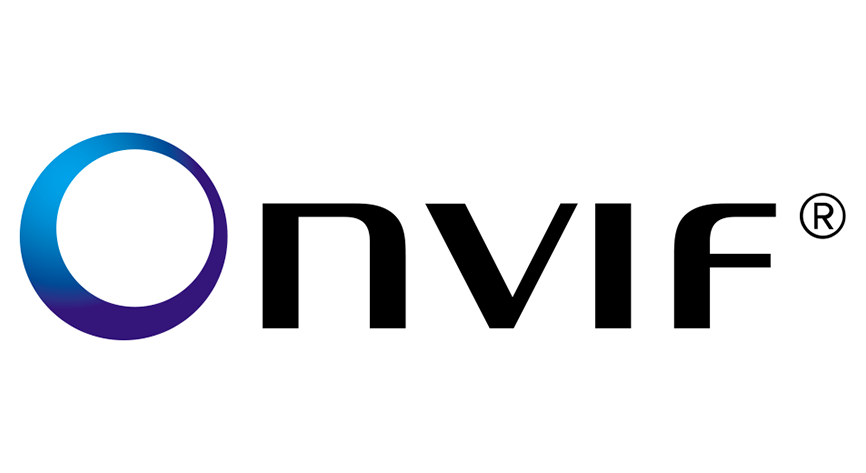Nudge nudge, wink wink. Say no more?
Written by Mike Hurst FIRP MSyl, Director, HJA
I defer to few in my appreciation of the Pythons and the Eric Idle written sketch is one of the classics: “Know what I mean squire?”
 However, the phrase Nudge Theory or ‘nudging’ does have more contemporary use. Wikipedia, my safety net for such things, defines it as “a concept in behavioural science, political theory and economics which argues that positive reinforcement and indirect suggestions to try to achieve non-forced compliance can influence the motives, incentives and decision making of groups and individuals, at least as effectively – if not more effectively – than direct instruction, legislation, or enforcement.”
However, the phrase Nudge Theory or ‘nudging’ does have more contemporary use. Wikipedia, my safety net for such things, defines it as “a concept in behavioural science, political theory and economics which argues that positive reinforcement and indirect suggestions to try to achieve non-forced compliance can influence the motives, incentives and decision making of groups and individuals, at least as effectively – if not more effectively – than direct instruction, legislation, or enforcement.”
It may also be useful to define “theory”. Theory is often mis-defined as being an idea or a suggestion, when in context it actually means, as defined by the OED, “A scheme or system of ideas or statements held as an explanation or account of a group of facts or phenomena.” For example, the Theory of Evolution.
The Nudge Theory has been around since about 2008 and originated, as these things often do, from academics: in this instance those working in Psychology and Behavioural Science / Economics. For any of you interested in reading more on this, I’d recommend “Nudge: Improving Decisions About Health, Wealth and Happiness” by Cass R Sunstein and Richard H Thaler, and “Misbehaving, The Making of Behavioural Economics” by Richard H Thaler as good reads.
Anyone who has worked in sales and marketing or has a general understanding of these areas of business will have some knowledge of techniques used to influence purchasing and decision making, and many of these have been around for a long time. I suppose it first came to the fore in the UK when The Behavioural Insights Team (BIT) was established, as a government institution, working within No.10. BIT is now a social purpose company, selling its services internationally.
Here are a couple of examples on how BIT operated. In the UK, the top 3,000 earners pay more tax than the bottom 9 million, but perhaps not always on time.
In an attempt to speed up tax payments, BIT targeted the top 1 percent or the richest people in the country. The graphic below shows the different approaches taken to three sample groups.

At perhaps the opposite end of the wealth scale there was a trial in Job Centres to encourage job seekers to turn up for interviews that had been arranged for them.
27 percent is still quite a low figure, but a massive increase from 11 percent.
In another trial, this time in Essex, job seekers were asked to write about their attitudes towards work and outline some goals and aspirations. The people undergoing this trail were 17.5 percent more likely to get a job than those in the group using the pre-existing system. These trials have now been rolled out nationally.
These examples are all related to government activity, but there are other applications in, say, parenting or, of course, commercial applications. In business (or at least in smart business) there is a clear move away from just the traditional way of sales and marketing into a more considered, sophisticated, some may say, intelligent way of doing business. You still need people ‘on the road’ seeing customers (and selling to them) and marketing people presenting the company and the products, but I work with a number of companies who seek to promote their businesses along Nudge principles. They may not call it nudging or even be aware of Nudge Theory but this is the current trend – and it can work.
In many cases it is as simple as putting away the stick and bringing out a carrot. We’re all aware of some of the child psychology where rather than saying, “tidy your room or you will get punished,” the child is told “tidy your room and you will get rewarded.” It’s much the same in business. Why try to make someone guilty for not buying something, when by taking a more heuristic approach you can make them want to buy into the product.
This may all sound a bit touchy-feely, but it is based on solid academic research by people far more clever that me. I know – when I first learned of this approach I was sceptical as, to be fair, is my wont. However, after looking in to it I realised I had been nudged and had helped nudge others, without realising it. Since then I have tried to use Nudge to help both my business and my clients’.
As ever, knowledge is a powerful tool. Or, to put it into nudge terms (sort of), “A slight inclination of the cranium is as adequate as a spasmodic movement of one optic towards an equine quadruped utterly devoid of any visionary capacity.”
Mike Hurst is a director of security and fire recruitment specialists HJA www.hja.co.uk. He is a Fellow of the Institute of Recruitment Professionals, a main board Director of the Security Institute and Vice Chairman of ASIS International in the UK and a member of its European Advisory Council.
[su_button url=”https://www.securitynewsdesk.com/newspaper/” target=”blank” style=”flat” background=”#df2027″ color=”#ffffff” size=”10″ radius=”0″ icon=”icon: arrow-circle-right”]To read more like this click here for the SecurityNewsDesk Newspaper[/su_button]






























